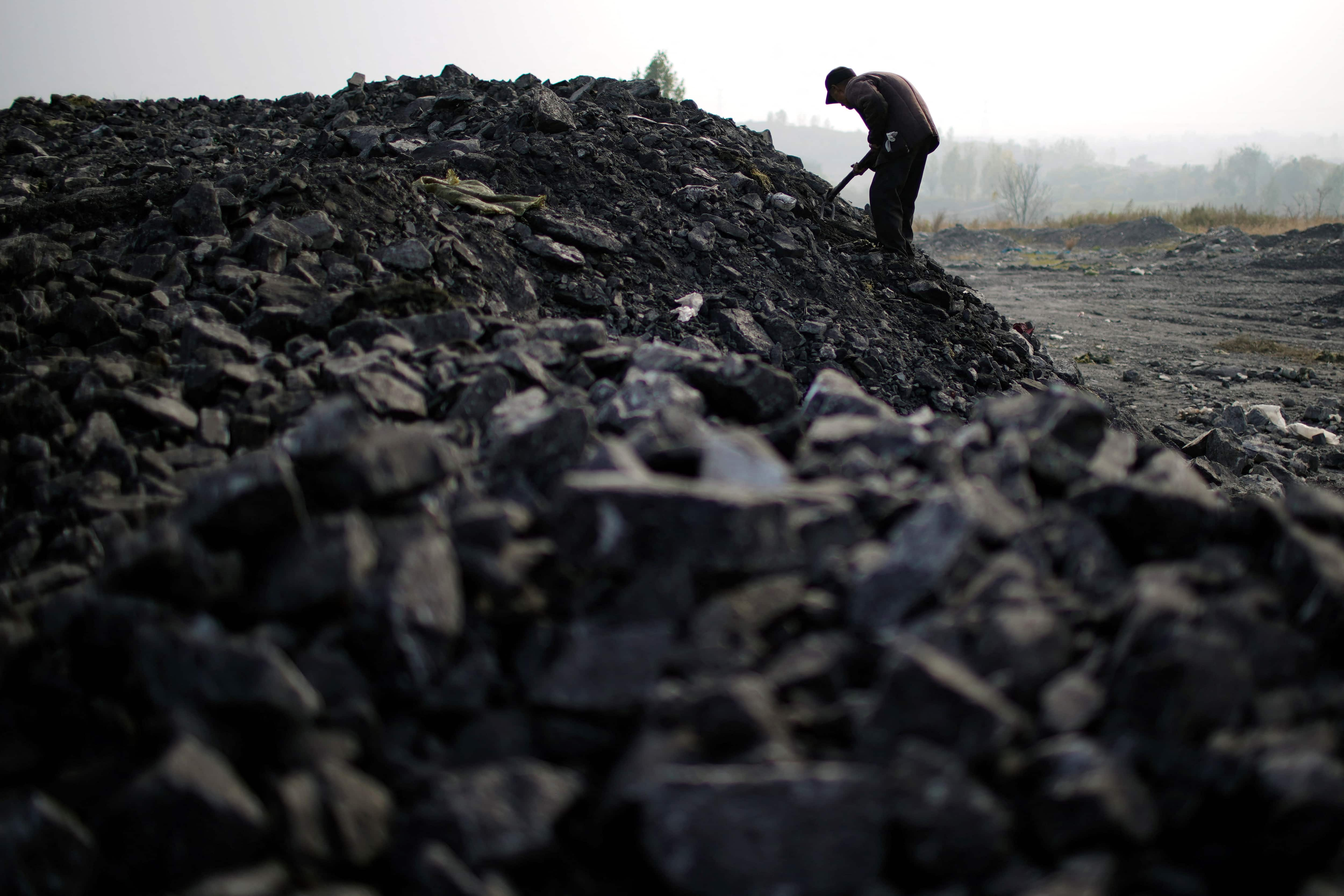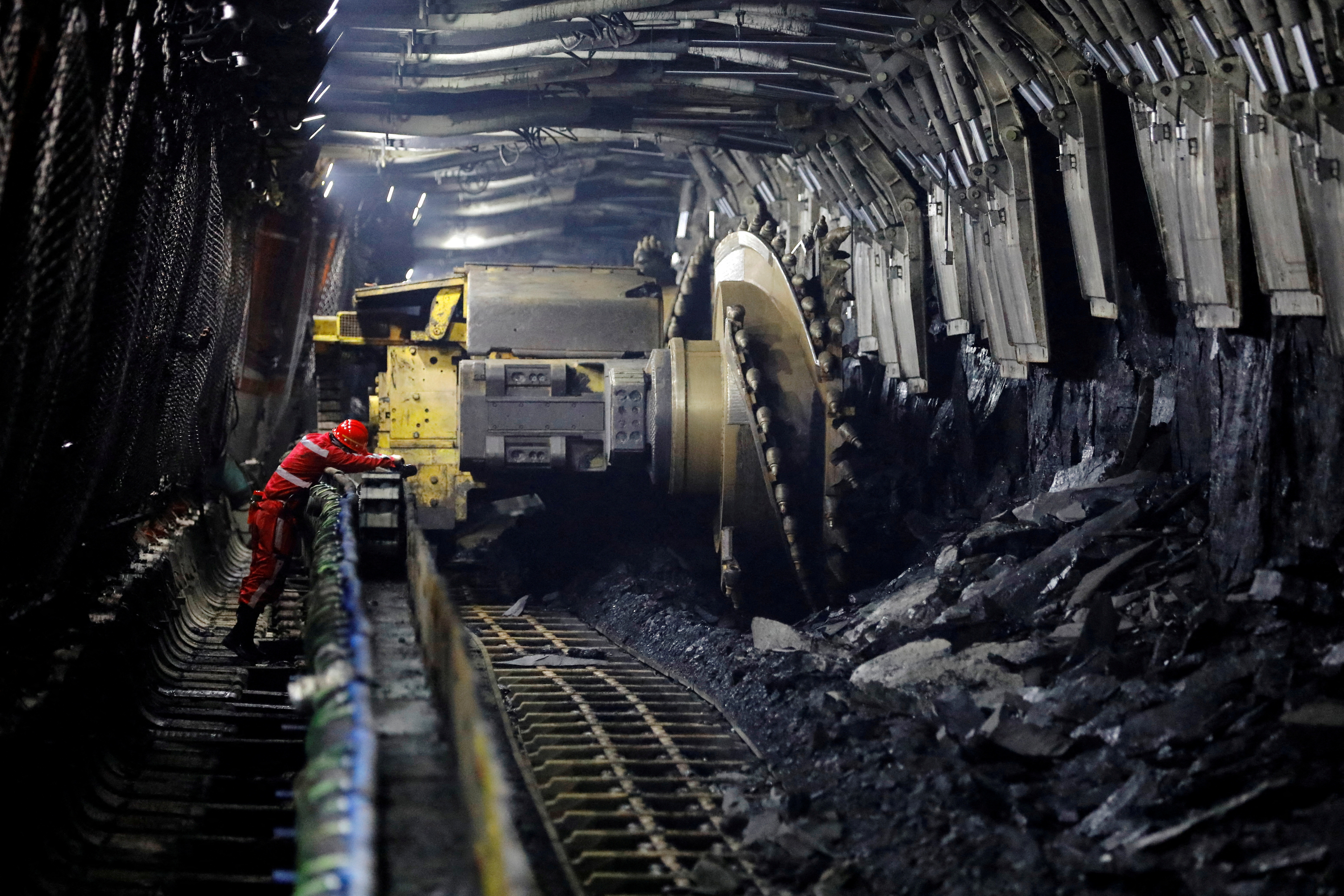Revival of Coal as Impending Energy Crisis Looms 2023

Revival of Coal as Impending Energy Crisis Looms 2023
The world is at a critical juncture when it comes to energy production and consumption.
The ever-increasing demand for energy, coupled with concerns about climate change and the reliability of renewable energy sources, has led to an unexpected resurgence of interest in coal as a viable energy option.

For decades, coal has been a dominant source of energy for electricity generation and industrial processes. However, concerns about its environmental impact, particularly its contribution to greenhouse gas emissions and air pollution, led to a significant decline in coal usage in many parts of the world.
Governments and industries turned to cleaner energy sources such as natural gas, nuclear power, and renewables to meet their energy needs and reduce their carbon footprint.
The 21st century witnessed a remarkable growth in renewable energy sources like wind, solar, and hydropower. These sources promised a sustainable and eco-friendly alternative to fossil fuels, leading to substantial investments in clean energy infrastructure.
India’s commitment to achieve carbon neutrality by 2070 and its national energy strategy appear to be diverging more and more.

By 2022–2023, the installed capacity of coal-based thermal power is expected to increase by 23% from its current level, according to the most recent National Electricity Plan (NEP). To avoid a catastrophic energy crisis in the nation, it may be necessary to rely even more on “dirty fuel” than NEP, it is becoming increasingly obvious.
There is a chance that coal-fired electricity will take longer to peak and then phase out.
This is due to a sharper-than-anticipated increase in domestic power demand and the knowledge that the deployment of renewable capacity might not keep up with the ambitious expectations.
Concerns have also been raised concerning the power from renewable sources’ extreme intermittency and unpredictability. Another difficulty is effectively integrating RE capacity into the system to meet peak electricity demand.

Governments implemented policies and incentives to promote renewable energy adoption, aiming to reduce their reliance on coal and other polluting energy sources.
Renewable energy sources, while clean and abundant, are often intermittent. Solar power generation depends on sunlight, and wind turbines require steady winds.
This intermittency poses challenges for maintaining a consistent power supply, especially during periods of high demand or unfavorable weather conditions.
Storing excess energy from renewables for later use remains a challenge. Battery technology has made significant strides, but grid-scale energy storage solutions are still in the early stages of development and can be costly.
Transitioning to a predominantly renewable energy system requires substantial investments in infrastructure, including upgrading and expanding the electrical grid, building new power plants, and developing advanced energy storage solutions. These costs can be prohibitive for many nations.

Increasing occurrences of extreme weather events and natural disasters can disrupt energy supply chains and damage critical infrastructure, making it difficult to rely solely on renewables.
Coal-fired power plants are known for their reliability and ability to provide baseload power, which is essential for maintaining a stable electrical grid.
Many countries still have a significant amount of coal-fired power generation capacity and coal mining operations in place. Utilizing these existing resources can help bridge the energy gap quickly.
Coal remains one of the most cost-effective energy sources, making it an attractive option for nations facing economic constraints.
combustion is a major source of carbon dioxide (CO2) emissions, which contribute to global warming and climate change.
Burning coal releases pollutants such as sulfur dioxide (SO2), nitrogen oxides (NOx), and particulate matter, leading to air quality issues and public health problems.

Coal mining can have devastating effects on local ecosystems, including habitat destruction and water pollution.
The resurgence of coal as a short-term solution to energy security concerns should not detract from the imperative of transitioning to cleaner and more sustainable energy sources.
Developing and implementing CCS technologies can significantly reduce the carbon footprint of coal-fired power plants.
Investing in advanced coal technologies that improve efficiency and reduce emissions can mitigate some of the environmental impacts associated with coal use.
A diversified energy mix that includes renewables, natural gas, and nuclear power can provide a more resilient and sustainable energy system.
Promoting energy efficiency measures in industries and households can reduce overall energy demand and lessen the need for additional energy sources.

The resurgence of coal in the face of an impending energy crisis underscores the complexities of the global energy transition.
While coal may provide a temporary solution to energy security concerns, its environmental drawbacks cannot be ignored.
The world must continue to invest in cleaner energy technologies and transition to a more sustainable energy future while carefully managing the short-term challenges that necessitate coal’s return to the energy mix.

Balancing energy security and environmental sustainability will be one of the defining challenges of the 21st century.




